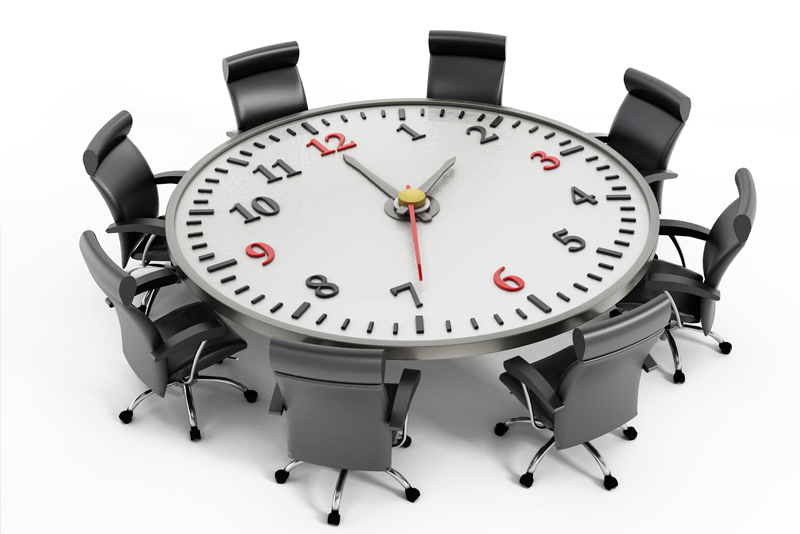
When you go to meetings or auditions and you fail to prepare, prepare to fail. It is simple but true. – Paula Abdul, American performer.
Meetings are conducted to share, discuss and exchange information, and indispensable in the corporate environment. They offer the company a platform to analyze work based challenges, decide upon the best course of action to take, and create plans for development. Meetings also allow staff to interact, especially with those working on a project in different locations, and coordinate their activities. Recording meetings and using audio transcription services to document what was said is the best way to ensure that nothing was missed. Taking effective minutes and ensuring a written record of the discussion and decisions is crucial to ensure a record of important decisions, action items, for future reference. Accurate meeting minutes can increase productivity and streamline work processes.
Official meeting minutes typically include the following:
- Meeting start time
- Reason for the meeting
- Names of participants
- Action items covered and who they were assigned to
- Dates for completing commitments
- Important decisions taken
- If follow-up meeting was agreed upon and actions deferred to it
- Meeting end time
Clear and accurate minutes are essential to avoid confusion by helping people remember what was said, track any decisions, and clarify action items (www. evernote.com). Preparing well is the key to effective meeting minute taking. Keep these dos and don’ts in mind:
Do:
- Have everyone present sign the attendance sheet
- Make sure you can identify each person who is speaking and record the information
- Note down the main ideas and decisions along with the debates that preceded them
- If you have misheard or misunderstood any information, get it clarified
- Use bullet style recording for comments, suggestions, or decisions
- If the notes are in shorthand and include abbreviations, spell them out
- Have the first draft of the minutes checked for accuracy and phrasing by the chairperson
- Prepare the final minutes. Ensure that they are succinct and to the point but capture all the key information
- Get the minutes approved by the chair, and distribute copies quickly so that attendees can action
- Send out meeting minutes to the attendees and those who could not attend (any documents distributed during the meeting should be attached for those who were not present)
- Ask consent before recording meetings
Don’t:
- Try to include every small detail of the proceedings
- Record verbatim minutes as this will include a lot of unnecessary information
- Include emotions or personal opinions or judgmental comments
- Postpone preparing the minutes – putting it off can increase risks of inaccuracy
- Waiting too long after the meeting to send out the minutes
- Include any content that could be inappropriate to the company or an individual
- Store the draft – the rough notes should be discarded after the final minutes are approved
Going by these do’s and don’ts can make the task of taking meeting minutes easier and more effective. Clear and accurate meeting notes can provide valuable insights and inform participants about the goals that need to be achieved by a specific date.
Using the right tools can help you prepare minutes effectively. You can either write notes or used a note taking app. Note-taking software such as Evernote, Microsoft OneNote, Apple Notes, Google Keep and Notion are convenient and easy to set up and use. Microsoft OneNote comes with templates that allow you to create new notes quickly with the design and layout you need, and also write up meeting notes. It also offers notebooks, sections, and tabs for organizing notes. You can also share the information and search previous notes.
You can also use recording software and get meeting minutes transcribed by a digital transcription service provider. Recording the meeting will ensure that nothing is missed, but be sure to let participants know they are being recorded. Using pen and paper is also a practical option if you know shorthand as you don’t have to rely on technology, the internet, or the cloud to ensure notes are taken (www.learn.g2.com). However, speed could be a problem with this manual method.



